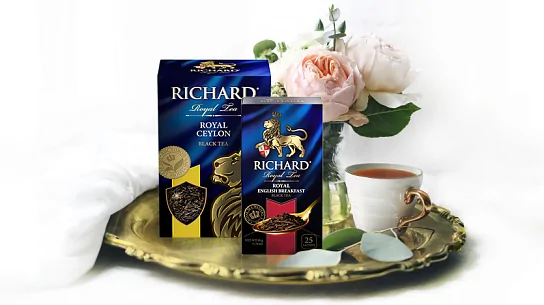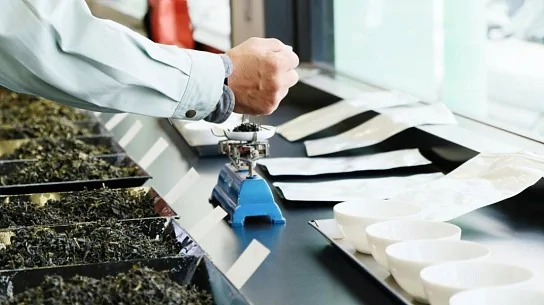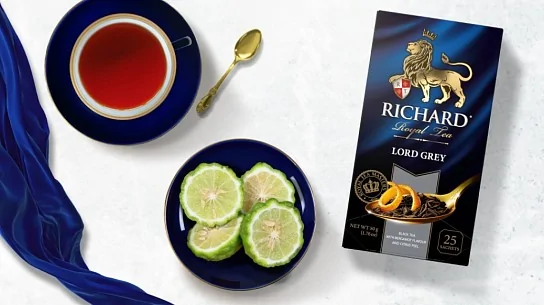Traditions and history of the English tea-party
The English tea-party is one of the most famous ceremonies. In Great Britain, it’s a symbol of equal importance to the Royal Family, the Tower of London or Old Father Thames himself. In Great Britain tea is traditionally drunk with milk or lemon.
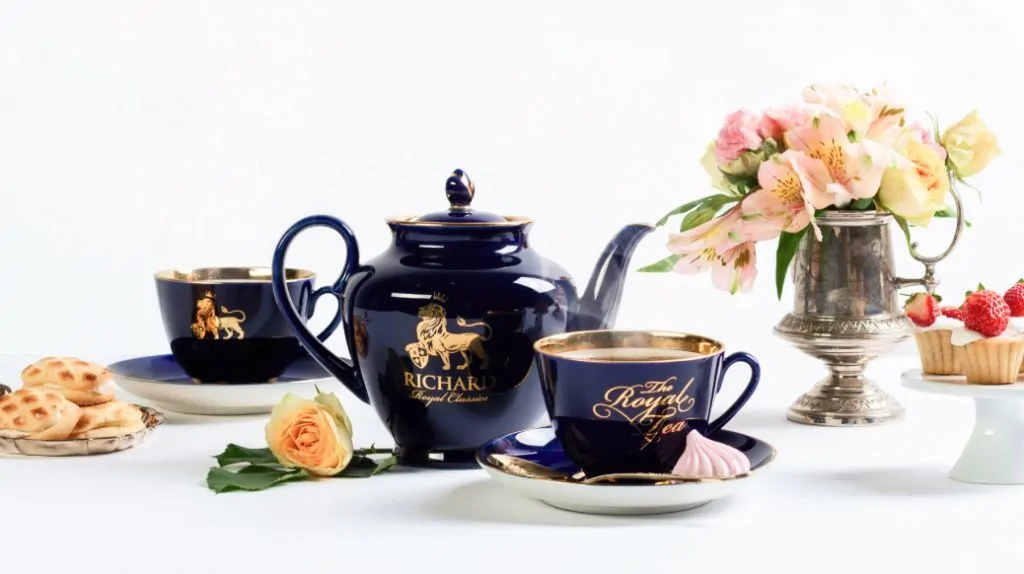
150 years ago the dense, strong, amber-golden drink was available exclusively to the nobility. Nowadays, though, tea is known and beloved in all countries. It didn’t just become popular – it became the drink of choice for millions. The English are the trend-setters here, but all around the globe people know how people drink tea in England.
How tea appeared in England
England wasn’t the first European country to import dry tea from East to West; the first countries to do it were Portugal and Holland. This was made possible owing to the Age of Discoveries and, by definition, the global expansion of trade routes.
The history of tea-parties in England starts in the mid 17th century. It is a known fact that the people of Foggy Albion at that time owe the increase in tea’s popularity to Thomas Garraway, the owner of one of the first shops to sell coffee and tea. He placed his bet on the swift distribution of printed media and on the desire of every person to take care of their health. And he was not wrong. He published a short note in one of London’s newspapers stating that tea was a cure for many maladies; as a result, the public took an interest in this new “medicine”. People with low incomes couldn’t afford it, so the first tea traditions in England appeared only in noble houses. Before that, though, it became popular in English coffee houses.
Gentlemen’s clubs, the Princess and tea-parties of high society
This is explained by the fact that coffee had appeared in England much earlier than tea. Establishments offering politicians, merchants, artists and clerics the possibility of exchanging hot news were already very popular. In coffee shops, customers could make deals and business decisions, weave intrigues and gossip whilst sipping this fragrant hot drink. And when the owners started also offering tea, this lighter drink – in comparison to coffee – promptly became popular – especially with the added advantage that it was good for the health.
The further escalation of popularity was greatly affected by the issue of gender. By the end of the 17th century most of the coffee shops had turned into private clubs for gentlemen, unavailable to women.
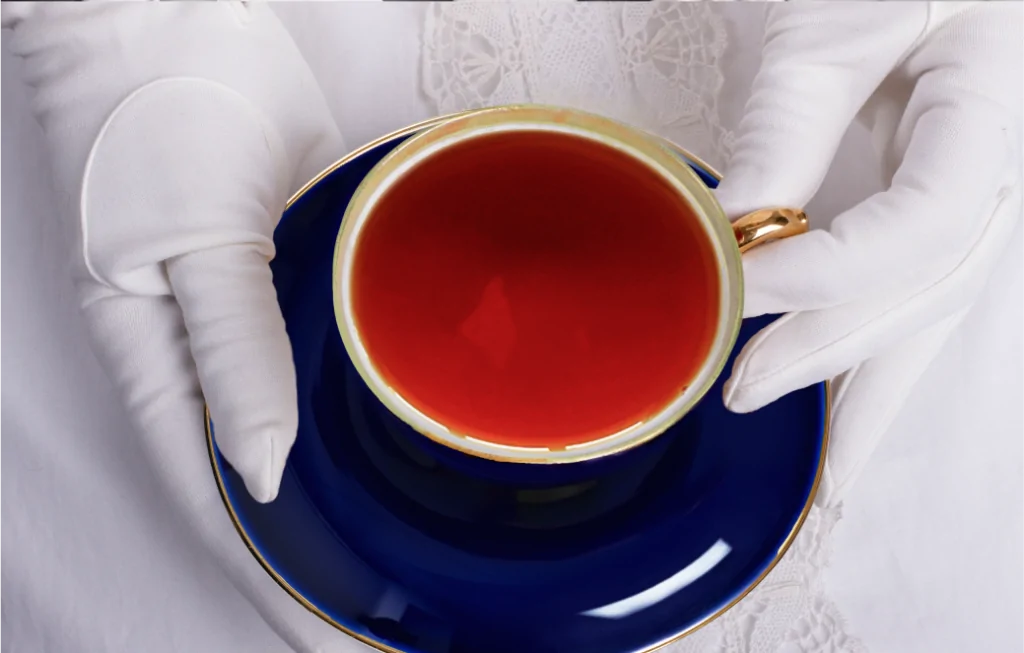
This situation was resolved by the wife of the Stuart King Charles II, the Portuguese Princess Catherine of Braganza. She worked to undermine the entrenched view that tea was purely medicinal, and encouraged tea drinking in the noble houses, particularly amongst the ladies. After lunch, gentlemen sipped coffee or liquors, while the ladies gathered in the salons to have a lovely cup of tea.
Gradually, tea became a regular drink at home instead of being served purely to visitors on special occasions. People loved it so much that in a couple of years it was even possible to buy it at the market. The East India Company provided a regular supply of dry tea, and with further advances in trade, supplies grew as well as demand.
Famous traditions: English breakfast and five o’clock tea
Love for tea grew stronger and stronger every year and gave birth to many traditions. In order to enjoy a cup of tea, people laid the table specially and used beautiful utensils. Keepers of traditions still do so nowadays. Incidentally, it was the British who invented the tea cup: they knew that in China the locals drank tea from tea-bowls and so they added handles to protect their fingers from being burnt.
It is known that English tea in the morning consists of two cups of tea: the first to be drunk at about 6 am – often in bed – with the second following later. The drink should be strong and dense to start the day as you mean to go on. Richard Royal English Breakfast – a blend of Kenyan, Indian and Ceylon teas – is the perfect choice for English breakfast.
Another ceremony made England the tea centre of the world — five o’clock tea. This tradition originated with Anna, Duchess of Bedford. At the beginning of the 19th century daytime meals used not to be particularly nourishing and Anna noticed she was usually too hungry in the late afternoon to wait for her evening meal. That’s why she ordered her servants to serve her tea with light appetisers such as cakes or biscuits. This tea tradition soon became popular in privileged English circles but then spread through society to ordinary citizens. Nowadays, afternoon tea is a famous and established symbol of the country: Queen Elizabeth II loves afternoon tea and it’s still popular in noble houses. In many modern English families tea-time is still a great occasion to meet friends and loved ones and spend time in a beautiful, relaxed atmosphere. Sandwiches, scones, cakes and sweets are served. This drink does not tolerate haste: each sip should be savoured in a relaxed and calm fashion. Richard tea is the perfect choice for this ceremony: you can choose English Black Tea from the “Classic Black Teas” collection with orange, cinnamon, thyme, rosemary, Kaffir lime and jasmine.
How to brew your tea the proper English way
The notion of a tea ceremony is more typical in Eastern countries than in the West. There is no strict canon in England and these days English people don’t follow so strictly the rules they themselves invented in the 18th and 19th centuries. Still, the main principles of tea preparation remain the same.
Offering guests a choice of several different tea blends – black, green, or fruity – is considered a manner of common courtesy in English families. When the guests take their seats and make their choice it is time to start preparing the tea.
The tea should be brewed for five to seven minutes. This timing is recommended for a reason: the tea won’t be strong enough if brewed for a shorter time and if left for much longer the taste will become too bitter.
As in many other countries, the brewed drink is not watered down, so the amount should be sufficient for everyone to have a cup. Tea is used only once: otherwise it would contradict the rules of courtesy. If teabags are used, there should be one bag per cup. The teabag should be taken out of the cup before drinking. There is much discussion about whether leaf tea is better or worse than teabags – but it is all a matter of friendship and personal taste: Richard produces tea in both forms. You must choose the one that is most convenient for both host and guests.
It is best to drink English tea from porcelain crockery. The beverage should be consumed while it is fresh: it’s better to pour away any tea that remains untouched for more than fifteen minutes. Admittedly, it’s hard to resist drinking at least a little sip of this fragrant and tannic beverage.
Lemon, milk and sugar: how do English people drink tea?
There are various spices and additives for tea. The classic tea ceremony in England allows for three main components: milk, lemon and sugar.
Milk is always served in a separate jug. It shouldn’t be cold. You pour a drop of milk into the cup first and then add the brewed tea.
You can’t spoil English tea with milk: it adds depth and density to the drink and makes the tea-party very convivial. It is not possible to add both milk and lemon. In England tea with lemon is called Russian tea. It is recommended to drink it without sugar. The arguments about sugar are never-ending, but the most popular and correct opinion on this question is that adding sugar is a matter of personal choice.
The main ingredient of the ceremony is always tea, no matter what is added and which appetisers are served. The English tea-party is a tribute to the history of the country, one of its main cultural symbols and a token of loyalty to traditions.

